Academic Portfolio
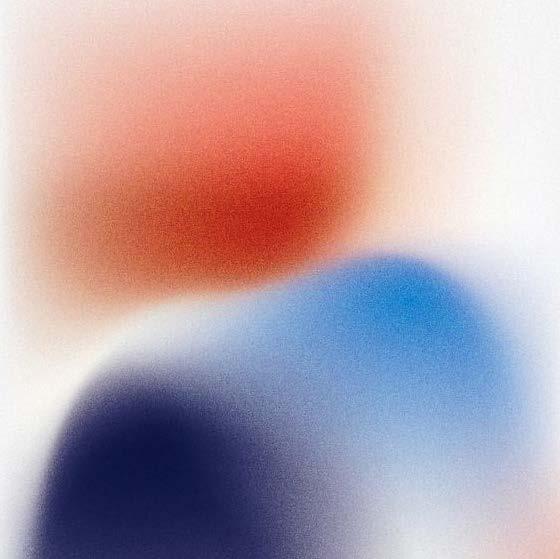
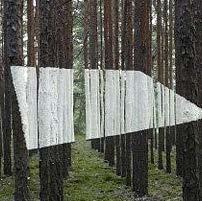
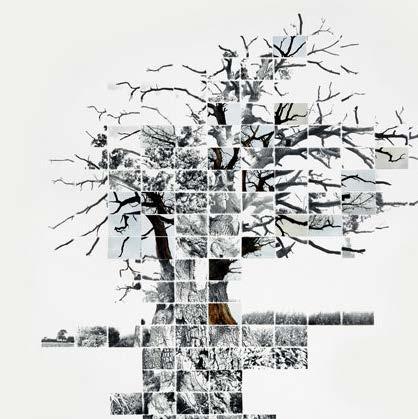
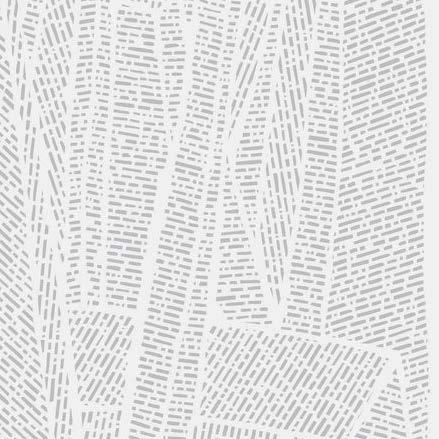
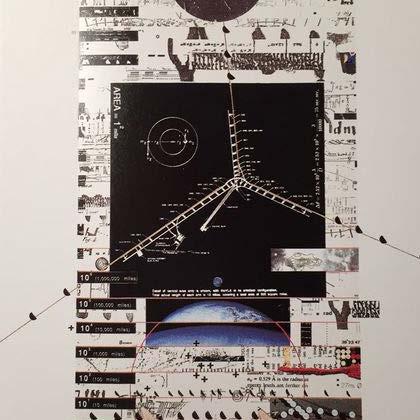
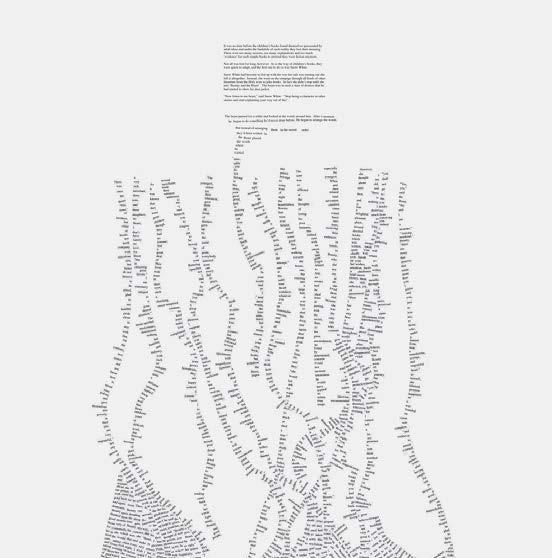

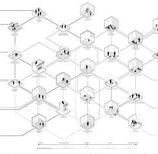
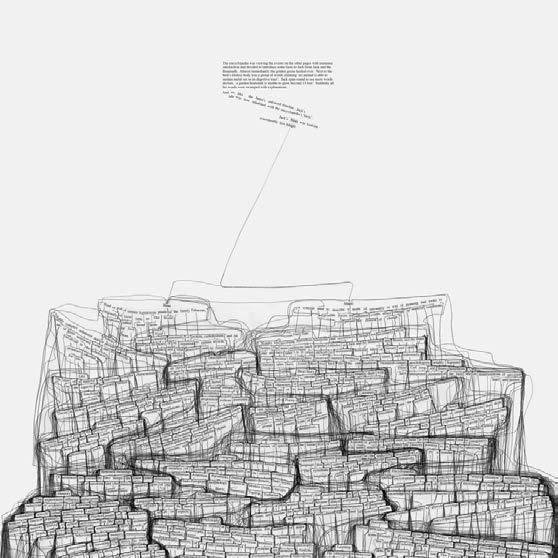
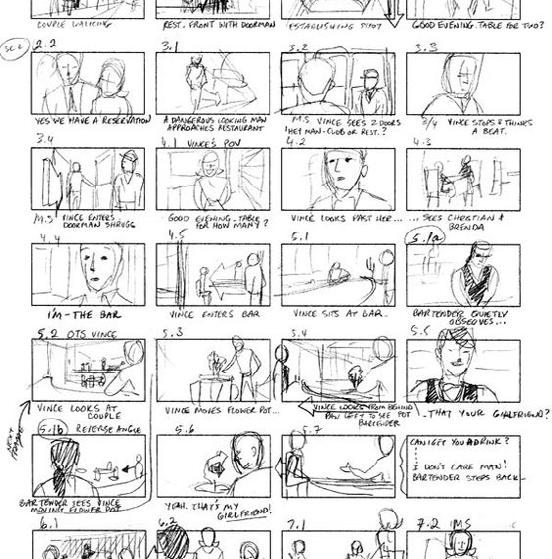
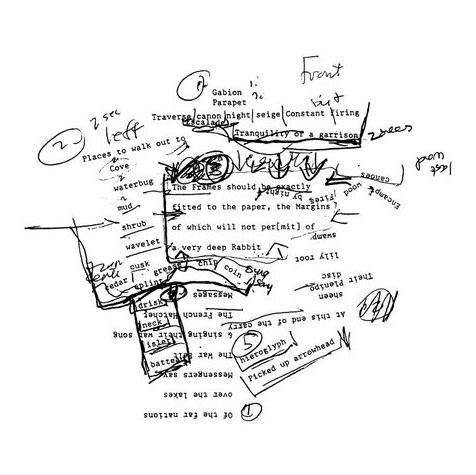
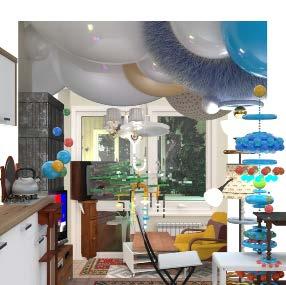
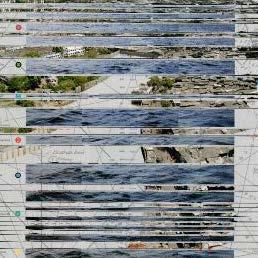
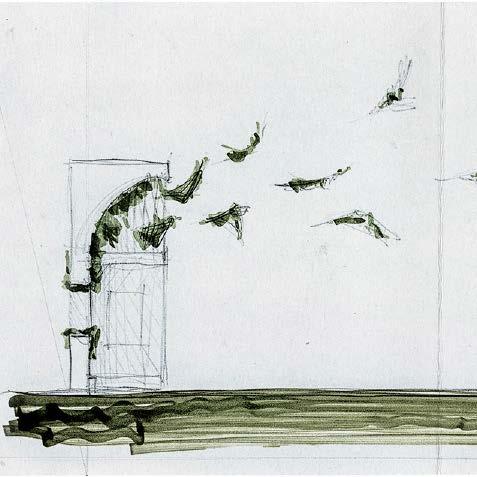
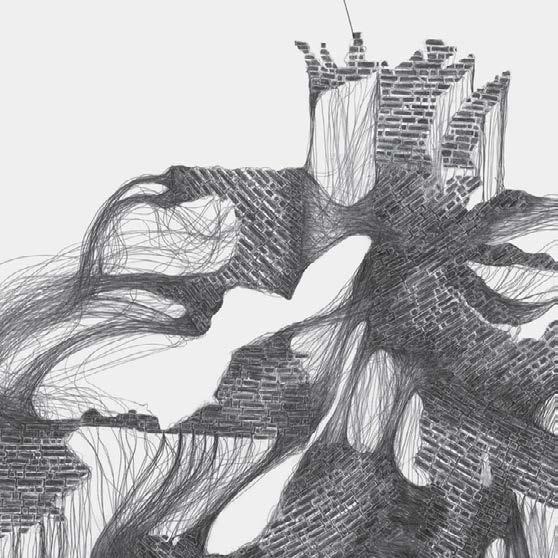
















I am personally influenced by existentialism and am concerned with the senses, perception and experience. Phenomenology continues to intervene in my analysis and site perception process.
“Natural objects, for example, must be experienced before any theorizing about them can occur. Experiencing is consciousness that intuits something and values it to be actual; experiencing is intrinsically characterized as consciousness of the natural object in question and of it as the original...”[9]
Based on Sartre’s phenomenology, it is valuable to focus on the scale of the human body and describe the landscape from a human perspective. Take Maya Lin’s 11 Mintue Line as an example, which created in a cow pasture near the Wanås Foundation in Sweden, time and space can be experienced by people when they go through it.[10] This is an important guide for my design process.

Looking back on my previous statement, I found that the flow of my thinking is inseparable from perception, which is the
only thing I can be sure of, real, and confident as a human being. I decided to continue to design in depth in the aspect of spatial perception, so that the landscape can be used as a narrative medium to show people various elements of nature and humanity.
After dealing with the perspective of my design intervention, I still dare not easily change the existing landscape. I found that “Landscape Syntax” emphasize respect for the site itself and its structural relationship to the outside. The “fragments” such as the existing elements
Figure 15 11 Minute Line(2004) by Maya Lin, image courtesy of The Wanås Foundation, image by Anders Norrsell, Wanås, Swe [9]Edmund Husserl (1917) Pure Phenomenology [10]Susan Herrington (2017) Landscape theory in design. Routledge, New York, NY.and information of the site are integrated to achieve an inherent logical correlation, and then these fragments are combined with the least intervention to make them appear flexible and uncertain.[11] This design method provides a reference for functional or production landscape.


Although the site of my design project is not a post-industrial landscape, it has been affected by human activities, forming a surface such as pastures and production forests, and the combination has formed its strong structure. At first I was very struggling, should the design change the existing structure, or keep the status quo? If the existing structure is retained, how can the role of landscape design be reflected? “Landscape Syntax” inspired me to re-analyse and organize the existing elements of the site and will drive my next design phase. The superposition of the existing structure and the designed landscape structure can bring more potential.
 Figure 16 Overlay of conceptual layers and structural elements, Peter Latz, Duisburg Nord Landscape Park, 1990
[11]Weilacher, U. (2008) Syntax of landscape : the landscape architecture of Peter Latz and Partners / Udo Weilacher. English edition. Basel ;: Birkhäuser.
Figure 16 Overlay of conceptual layers and structural elements, Peter Latz, Duisburg Nord Landscape Park, 1990
[11]Weilacher, U. (2008) Syntax of landscape : the landscape architecture of Peter Latz and Partners / Udo Weilacher. English edition. Basel ;: Birkhäuser.
Landscape is a result of cultural interpretation and the buildup of representational sediments throughout time. In a period of climate change, art is connected with nature, which lead that many artist turn to focus on landscape.[12]
“Like any text, landscape architecture is conceptual, schematizing Nature and humankind's place within it, but at the same time it differs from other landscape representations in that it operates through and within the medium of landscape itself.”
"From a landscape architectural point of view, a major aspect of landscape is that it is not only a phenomenon of analysis, but is more significantly something to be made, or designed"[13]
Landscape is also an integrative medium, and landscape narrative has potential in landscape architecture practice in the pre-design phase. By condensing complex vision and analysis into understandable and engaging storylines, explicit consideration of different landscape narratives can inform the design process.
During design process, the drawing and expression of the landscape can still be emphasized as a narrative. This reminds me of the need to pay attention to the expression of time and space in the drawing of landscape architecture.
Making and designing the landscape, I want to creat spaces represent various element of nature and huminity. Let landscape narrate itself to visitors, which requires a close connection of perception in design.
[12]Miles, M. (2014) Eco-aesthetics art, literature and architecture in a period of climate change / Malcolm Miles. Bloomsbury Academic, New York. [13]James Corner (2920) Representation and landscape: Drawing and making in the landscape medium. Word & Image. 8 (3), 243–275. doi:10.1080/02666286.1992.10 435840.

This is a sketch about the design idea, the different perspectives in the background represent the spaces on different layers of the landscape, and the pencil sketch in the middle expresses the design proposal. The different landscape spaces travel through different layers to form a series of narrative spaces to understand peatlandfrom different perspectives .

 Figure 20 Multiscale landscape narrative Jiaqian Cao, LA Design exploration Part 2, Archipelago studio, 2022
Figure 18 Movement/experience notation Lori Cockerham, 1991.
Figure 20 Multiscale landscape narrative Jiaqian Cao, LA Design exploration Part 2, Archipelago studio, 2022
Figure 18 Movement/experience notation Lori Cockerham, 1991.


Collect information about the archipelago in a collage


between the islands.
Because there is no field trip physically, it is necessary to use Google Maps to visualize the fieldtrip to create an impression of the island’s space.
Figure 22 Territorial analysis_Field trip Jiaqian Cao, LA Design exploration Part 1, Archipelago studio, 2021 Figure 21 Mapping the Azores Jiaqian Cao, LA Design exploration Part 1, Archipelago studio, 2021It is very important to perceive the site and perceive the space. Although I could not go to the project site, I found a peatland in Edinburgh and had a fieldtrip.








 Figure 23 Peatland habitat
Jiaqian Cao, LA Design exploration Part 2, Archipelago studio, 2022
Figure 23 Peatland habitat
Jiaqian Cao, LA Design exploration Part 2, Archipelago studio, 2022







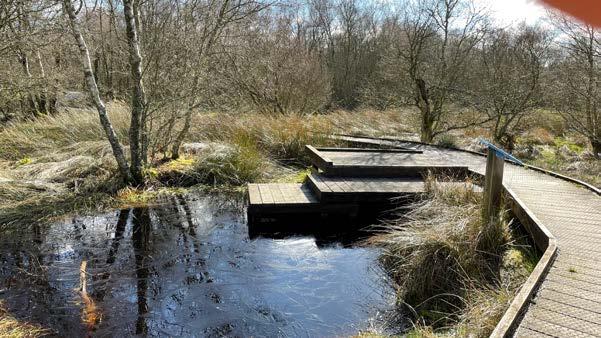


 Figure 25 Spatial thinking _ Existing landscape drawings Jiaqian Cao, LA Design exploration Part 2, Archipelago studio, 2022
Figure 25 Spatial thinking _ Existing landscape drawings Jiaqian Cao, LA Design exploration Part 2, Archipelago studio, 2022






Draw with charcoal and design different strokes to express different landforms. The basemap processed with digital technology can better feel the difference between different landforms, including the vegetation on the surface, hydrological information, and the structure of artificial areas.




 Figure 26 Landform fabric change of Terceria island’s internal, Jiaqian Cao, LA Design exploration Part 2, Archipelago studio, 2022
Figure 26 Landform fabric change of Terceria island’s internal, Jiaqian Cao, LA Design exploration Part 2, Archipelago studio, 2022

My aim is to propose a landscape intervention design for the conservation of peatlands, wild pastures and spatial narratives of peatlands, based on a strategy of progressive restoration of degraded peatlands. The project focuses on the peatlands themselves as a carbon store to combat the climate crisis caused by greenhouse gas emissions, and the protection and restoration of peatland ecological habitats to avoid the loss of more organisms from their homes.
The content of the drawings will be both scientific and humanistic, showing ecological and geological related research while at the same time focusing on human perception. I will use symbols and metaphors to show the interconnectedness of various elements and the atmosphere of the space.
As a landscape designer, one learns to work with nature and synergy, not trying to grab all the power and avoiding an anthropocentric perspective. Interventions (reversals) in the destruction of the natural landscape create new peatland networks, and minimal new human landscape interventions create narrative spaces that
bring about social and environmental change in response to the challenges facing the Anthropocene.
The drawings use grids and perspective to express the space, the elements of the hand to express the design intervention, and the contradiction of the current situation of the site. At the same time, the natural and social elements appearing in the picture show the mutual relationship and the complex system .
 Figure 27 Social and environmental system: from contradiction to oppotunity Jiaqian Cao, LA Design exploration Part 2, Archipelago studio, 2022
Figure 27 Social and environmental system: from contradiction to oppotunity Jiaqian Cao, LA Design exploration Part 2, Archipelago studio, 2022
In this landscape design project, a sequence and network of peatland landscape parks will be implemented to deal with the above problems. The basic strategy of the project is regenerative succession of degraded peatland, which is promoted by creating ecological corridors and patches, improving pasture landscape and low-carbon tourism. The existing landform fabric originates from natural or intense activities or long evolution and is also closely related to the activities of social human beings. The landscape formed under the historical background of human activities and the landscape formed by nature are intertwined, and the transformation and protection of this dual subject requires careful analysis and trade-off.
In the first strategy, I was primarily inspired by the theory of landscape ecology, focusing on ecological corridors and patches, and prioritizing spatial conservation. The idea of ecology network can be traced to the work of Ian McHarg, which showed that analysis and assessment of natural resources (geology, soils, water, habitat, etc.) could inform the best places and ways to develop land for social
occupation.Peatlands lying between Serra de Santa Bárbara and Pico Alto are highly disturbed, mainly by agricultural use. It is important to evaluate the peatland ecosystems located between the two natural patches and eventually create conditions to establish connectivity between them by peatland restoration. This strategical plan of ecological network is intended to define priority areas for restoration.
The second and third strategies incorporate social dynamics, focusing on the human-land relationship.
Peatland restoration formed an ecosystem approach to the alignment of biodiversity conservation with landscape management and sustainable use. The tension between farming/stock raising and peatland on Terceira is evident. I think the challenge is about the combination of pasture and peatland. Combine the production and living activities of residents and the required space, exploring targeted agrirewilding methods will not only improve the stability of the environment, but also take measures in advance for predicted future environmental changes. The proposed low-carbon tourism strategy based on the peatland network help promote wellbeing
for humans and create economic interests to negotiate the rewilding of agricultural and pastoral land.
I believe that my projects so far have been heavily weighted towards the natural dimension and have lacked research and site studies related to the social structure of the context. Because there is no way to go to the site and research it, I can only build my mental image of the site through information gathered remotely, which often carries a high risk of being wrong. Also, as I focused on a specific landscape type (peatland) and chose the central natural area of Terceira Island as my scope, which is far from the human habitat (urban, residential area), this left the site less connected to the local population. The physical and cognitive distance makes it difficult for me to make an accurate analysis and interpretation based on the historical social culture and the collective memory of the local population. This has led me to be on the side of conservatism and will not to intervene too much in this area.
Apart from the limitations due to objective factors, this stems from the viewpoint
oflandscape anthropology: it does not support the analysis of the environment in terms of culture, which is considered a homogeneous and static concept. The anthropology of landscape practice values the diversity of inhabitants and the temporary, fluid nature of the relationship between inhabitants and the landscape. The landscape constructed through the cultural intentions of the other (the external landscape) is often in conflict with the landscape spontaneously formed by the local inhabitants (the internal landscape).
The site is confronted with unfamiliar, diverse groups of people, so instead of putting an othering emphasis on existing human elements, I turn to creating new landscapes that interact with people. I therefore plan to experiment with the human-social aspect of the project, where the strategy of tourism is another layer of network superimposed on the existing natural social system, based on design proposals that explore its impact on the social aspect. What I want to do is to design landscapes for people, but at the same time allow them to understand nature beyond the usual perspective.
 Figure 28 Strategic framework
Figure 28 Strategic framework

The design proposal is to establish a peatland natural park in this area to protect and restore peatland, and provide space for scientific research, education, entertainment.
At the beginning of the design, the principle of putting ecological
restoration first and “park” attributes second. That is to reduce the human damage and disturbance to the peatland, restore the vegetation, and create a suitable habitat for all kinds of wetland organisms, especially birds, so that they can live and reproduce here. The second is the needs of people, that is, to increase

park facilities on this basis to meet the needs of public activities and science education.
narrative spaces that bring about social and environmental change in response to the challenges facing the Anthropocene.
Interventions (reversals) in the destruction of the natural landscape create new peatland networks, and minimal new human landscape interventions create
 Figure 30 Peatland natural park section Jiaqian Cao, LA Design exploration Part 2, Archipelago studio, 2022
Figure 30 Peatland natural park section Jiaqian Cao, LA Design exploration Part 2, Archipelago studio, 2022
The natural park can be divided into three levels of protected areas according to the degree of protection and the intensity of human intervention, of which:
The first-class protected area covers the main peatland, and the existing features are completely preserved without
intervention, and tourists are not allowed to enter.

The secondary protection zone mainly focuses on creating artificial low land to collect water and restoring vegetation. Except for some elevated trestle bridges, there are no ground

roads and activity venues, and there is less human intervention.

The third-level protected area is located at the outermost periphery and is the main activity area of the peatland park. In this area, natural methods are used to sort out the terrain, create green space,
set up garden roads and activity venues, etc., and arrange a small number of service buildings, and the overall development intensity is low.
Demonstrate
Figure 32 Peatland natural park strategy Jiaqian Cao, LA Design exploration Part 2, Archipelago studio, 2022The combination of hand drawing and digital technology, perspective and section, show the spatial relationship and at the same time show the structure and soil.
 Figure 33 Peatland natural park_Protection zone visuals Jiaqian Cao, LA Design exploration Part 2, Archipelago studio, 2022
Figure 33 Peatland natural park_Protection zone visuals Jiaqian Cao, LA Design exploration Part 2, Archipelago studio, 2022

As a landscape architect, I have mainly looked at the relationship between people and the environment, establishing a nonanthropocentric perspective, acknowledging that human beings are part of nature and that there is a strong connection between them. Humans and the environment exist as a complex dynamic system. This is reflected in my projects by focusing on the transformation of existing landscapes due to human activities. Focus on the main issue facing the Anthropocene - carbon emissions, and then focus on the impact of human activities on peatlands in the Azores. From the perspective of human perception, focusing on the synergy of various landscape elements in the dual context of society and nature, create space to narrative peatlands on the island. The inner struggle is mainly because there is still a huge gap between what I want to do and what I can do. When I weigh the elements and come up with a design result, all the chaos in my mind also turns to synergy. I value it all and will keep struggling, keep thinking, keep doing.
JIAQIAN CAO
Master in Landscape Architecture Academic Portfolio 2021-2022
